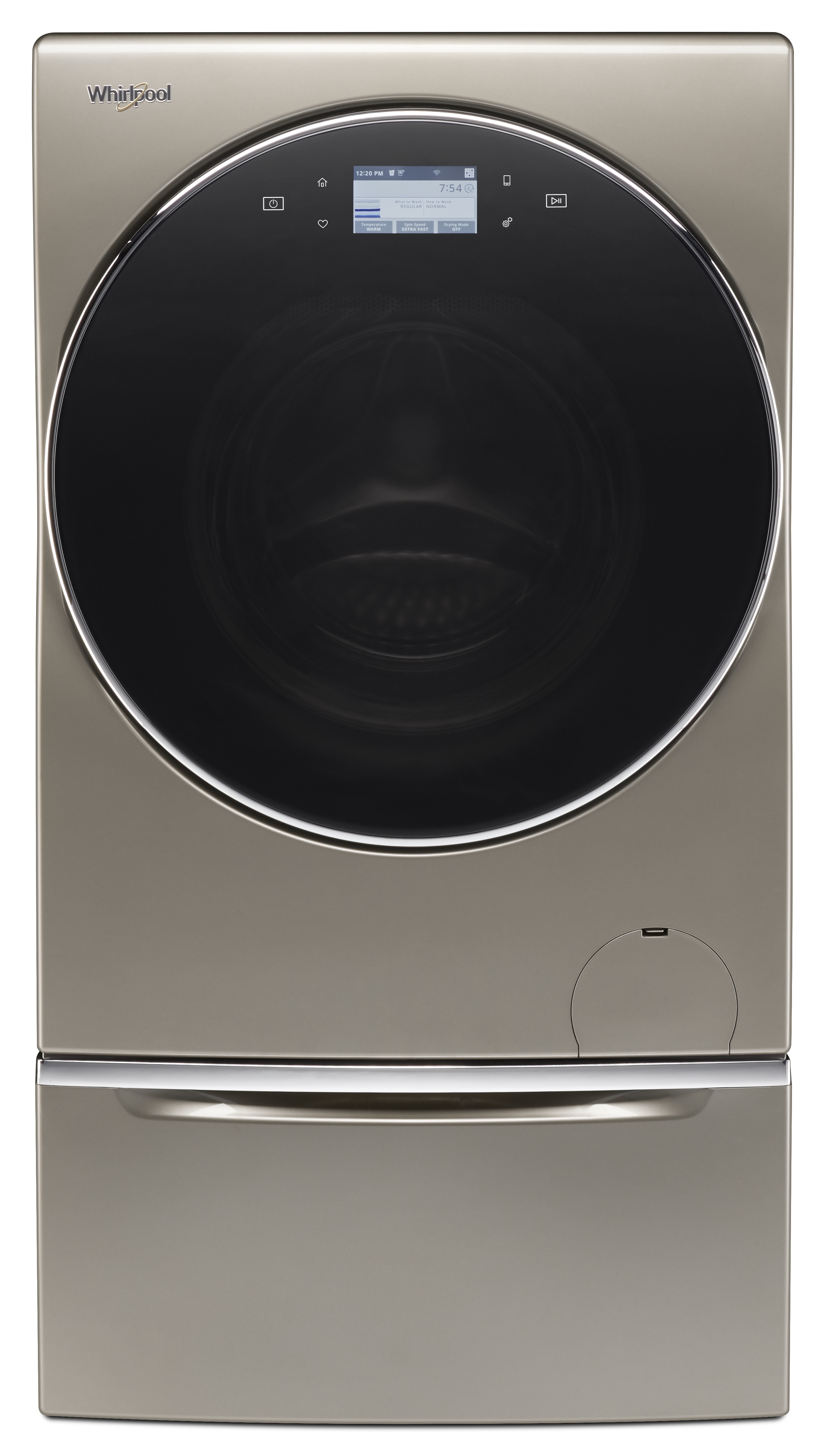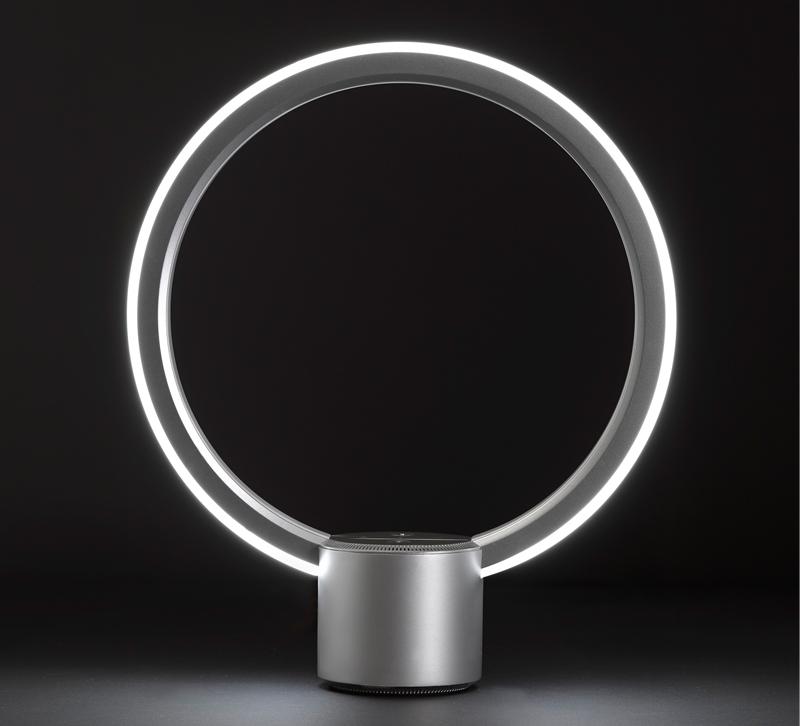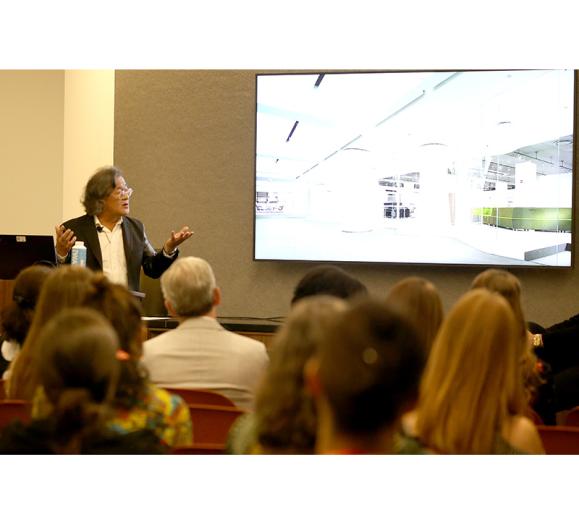When you think about Amazon’s top sellers, you may consider books, or even a toy. Wait, maybe a video game?
Actually, during the 2017 holiday season, its top seller was none of the above. It was the Echo Dot, the company’s hands-free, voice-controlled personal assistant device powered by Alexa. An indication of a larger trend, consumers are expected to spend a whopping $130 billion annually on smart home products by 2025. And, when asked what the most important characteristic of a home for the 2018 homebuyer will be, a survey of 38 industry experts polled by Fixr said a “smart or high-tech home.”
An enormous opportunity for our industry, the smart home segment is gaining ground but has not yet reached its full potential. Industry experts predict that 2018 will be a pivotal year for this technology, and our professionals — from the manufacturing side down to retail and interior design — need to be ready to create and implement.
What is it?
Starting at square one — what’s the definition of “smart home?”
Smart home products are devices that combine artificial intelligence (AI) and connectivity via Wi-Fi or a platform like Z-Wave to automate tasks in the home. Examples include a thermostat that can sense changes and adjust the temperature or be operated remotely, lighting that can be dimmed via a smartphone or personal assistants like Alexa that can control other devices.
And it’s worth noting: There’s an important distinction to be made between smart home, connected home and home automation.
In a connected home, devices communicate over the Wi-Fi network and are controlled by a remote control like a smartphone, tablet or computer. A smart home takes it a step further, utilizing a smart device or system to make all connected products in the home work together without human direction. Finally, both connected and smart homes are automated, but an automated home is not necessarily smart or connected.
The Hurdles
With how attached people are to their smartphones today, investing in a smart home seems like a no-brainer, right?
Well… it was supposed to be. Industry experts actually expected smart home adoption to increase much more dramatically than it has. The slowdown is thought to have been caused by a few factors.
A big component is education — or lack thereof. Up until recently, consumers on the whole did not understand how they could adopt this technology in their own homes or why it was worth the money. What are they truly gaining from purchasing and installing these products?
“That is something,” says Suzie Williford, Executive Vice President and Chief Strategy Officer at the National Kitchen & Bath Assn. (NKBA), “that needs to be communicated to the consumer better.”
The industry is aware of this problem and outreach continues. Seminars on smart home are proliferating — in fact, according to Laura Van Zeyl, Vice President of Lighting Technology Development & Marketing at Dallas Market Center, their team is working with the KBIS — the Kitchen & Bath Industry Show and the CEDIA Expo, a show on connected technology — on programming for June market, so there will likely be more smart and connected seminars coming up.
Another issue is compatibility, which Jeff Dross, Corporate Director, Education and Industry Trends at Kichler Lighting, thinks has started to work itself out with the popular trio: Alexa, Google and Apple.
“I believe the majority of manufacturers now see a ‘settling’ of moving parts — at least in the residential sector — and most feel comfortable engineering equipment that will easily interact with the ‘Big Three.’ It is now in the hands of the manufacturer to figure out what voice commands can do for their products and develop the widget that translates words to actions.”
Dross credits these personal assistants with breaking down a barrier for adoption of smart home.
“The Alexa/Google/Apple voice-activated triumvirate can now be found in about 10 percent of the homes in America. They are inexpensive, so the consumer will not see much downside to buying it, even if it only provides minimal assistance.”
But despite the low cost to entry now, privacy concerns still weigh heavy for people.
Reported by Business Insider, a Deloitte survey found that a good chunk of consumers are concerned about privacy: Nearly 40 percent of those who participated in the survey said they were concerned about connected home devices tracking their usage. More than 40 percent said they were worried that such gadgets would expose too much about their daily lives.
Because everything is connected, there is a chance smart home products can be hacked. However, a few steps — enabling multifactor authentication, using malware protection, making sure security updates are installed and avoiding public Wi-Fi — can cut down on the likelihood of this happening tremendously — another point to educate consumers about.
Who’s Buying In?
Which bracket is driving this segment of the industry forward?
“People who are most comfortable with using new technologies in any area — for example, confidence with online banking or shopping — are going to be naturally drawn to using them in the home,” Williford said.
But we can get more specific than that. According to industry professionals that the NKBA surveyed for the 2018 Design Trends Study, Gen Xers (ages 37 to 52) are the most likely segment to be adding technology into their kitchen and bathroom designs.
But don’t forget Millennials. Dross says smart home will be an “absolute expectation” from the Y’s when they ultimately buy a home in the next decade.
In fact, recent research shows that Millennials are willing to shell out for these smart home features: A study from Wakefield Research showed that 86 percent of Millennials are willing to pay more for a home or rental property if it has smart home technology.
How much more? According to Coldwell Banker’s 2016 Smart-Home Marketplace Survey, 44 percent of millennial buyers say they’re willing to pay an extra $3,000 or more for a home with smart features.
So, as smart home technology becomes more of a requirement and less of a nice-to-have feature, especially for the new generation of homebuyers, our industry is poised to benefit greatly.

Today and Beyond
At this year’s Consumer Electronics Show (CES) in January, plus the winter edition of Lightovation in Dallas, smart home products stole the show.
CES intros benefitted the wellbeing of the occupant — Alexa or a similar speaker could remind people to take their medication with a sensor detecting movement and removal of the correctly weighed content. Toto already produces a toilet that analyzes the deposited waste and sends up the required red flags to the “depositor.” Even air filters are now smart, alerting the homeowner to air quality readings and notifying when it’s time to change the filter.
“Detected heart rate, brainwave function and breathing are steps away,” Dross says. “That means the elderly could more easily live at home for a longer time — any serious change to these signals would initiate a call to 911.”
A star of Lightovation, Modern Forms’ new smart fan collection debut had people talking. The line features 80 SKUs and 27 core designs with exclusive LED and adaptive control technology to allow the fans to communicate with Wi-Fi and integrate with a wide range of voice-activated personal assistants and thermostat systems.
”People want reliability in their fixtures, yet many smart devices are mere novelties,” explains President of Modern Forms’ parent company, WAC Lighting, Shelley Wald. “We knew that first and foremost, we had to build a highly dependable fan that would work for years to come. People also need real assurance that their privacy will be respected in a world of cloud connectivity. Our fans leave control up to the individual. If you want to use the app features, you only need to connect to the cloud once — just during setup. After that, you can disconnect from the internet forever.”
The continuous debut of cutting-edge products, plus increased understanding from a user point of view, is a recipe for success.
“Ultimately, as consumers become more comfortable with the technology, and more educated about how it can enhance their daily experience, we think it will grow exponentially,” Williford says.
Is 2018 the year?
Read Part 2 of our Year of the Smart Home series here.







